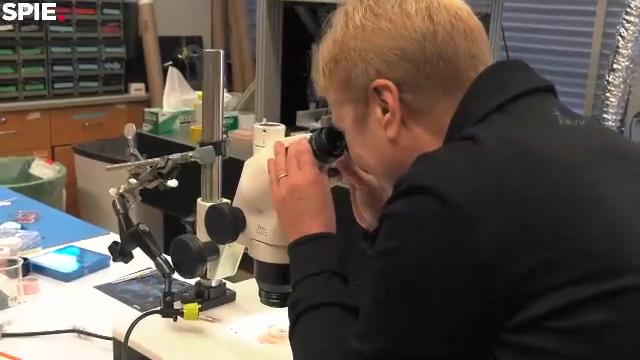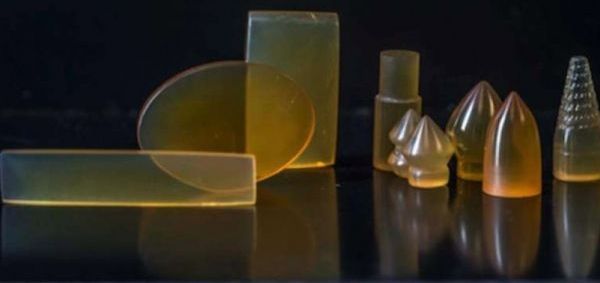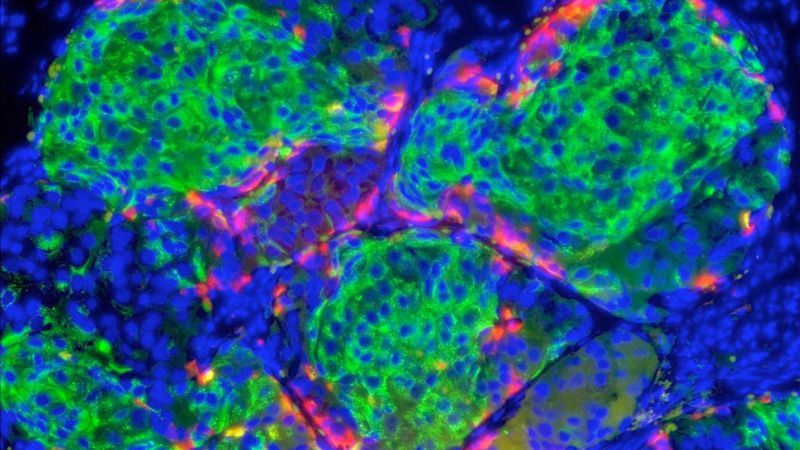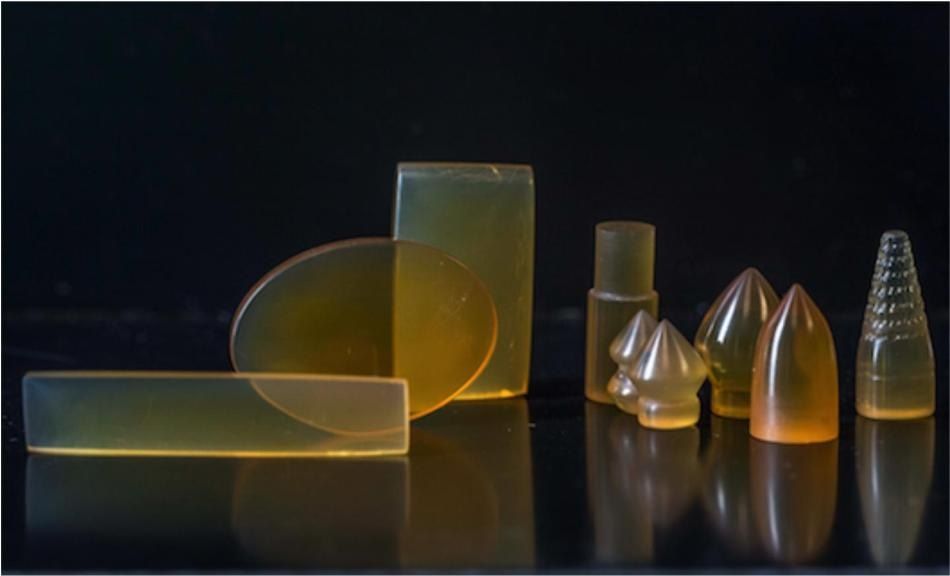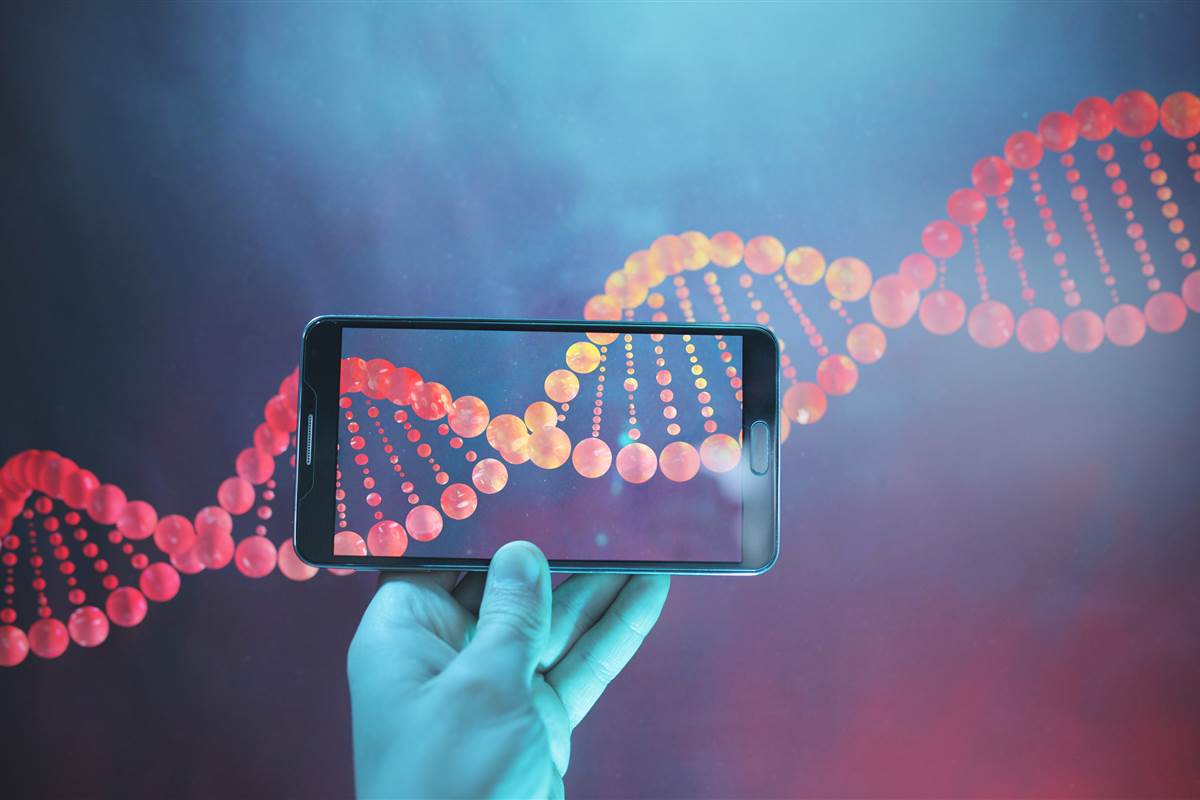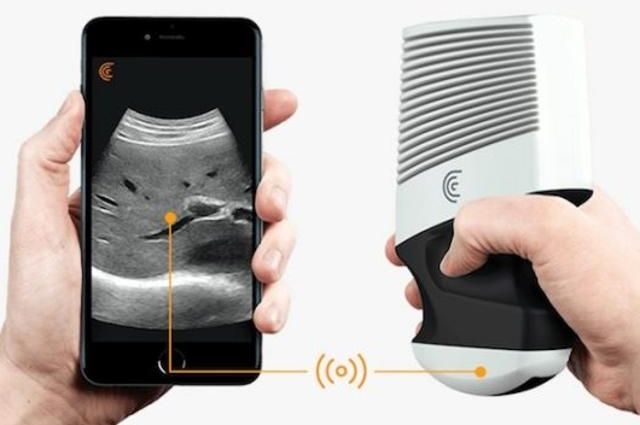Archive for the ‘biotech/medical’ category: Page 2571
Dec 29, 2016
Cells dripped into brain help fight a deadly cancer
Posted by Karen Hurst in categories: biotech/medical, neuroscience
A man with deadly brain cancer that had spread to his spine saw his tumors shrink and, for a time, completely vanish after a novel treatment to help his immune system attack his disease — another first in this promising field.
The type of immunotherapy that 50-year-old Richard Grady received already has helped some people with blood cancers such as leukemia. But the way he was given it is new, and may allow its use not just for brain tumors but also other cancers that can spread, such as breast and lung.
Grady was the first person to get the treatment dripped through a tube into a space in the brain where spinal fluid is made, sending it down the path the cancer traveled to his spine.
Continue reading “Cells dripped into brain help fight a deadly cancer” »
Dec 29, 2016
Organ-on-chips platform has promise for quicker, cheaper pharmaceutical research
Posted by Karen Hurst in categories: biotech/medical, computing
Research from Linda Griffith’s laboratory group at MIT will be presented at SPIE Photonics West 2017.
The traditional path for most drugs is to start in a petri dish containing a single cell tissue culture, move to small animals such as rodents then on to primates, and finally on to clinical trials in humans. Along the path, every step could encounter results that deem the drug a failure and not suitable for the desired outcome.
Dec 29, 2016
Biotech Breakthrough: Engineers Made a New Material That Can Be Programmed
Posted by Shane Hinshaw in categories: biotech/medical, materials
In Brief
- Researchers have created a 3D bulk material from silk fibroin that can be programmed to activate specific tasks when exposed to conditions like temperature or infrared light.
- The material could be used to create everything from hormone-emitting orthopedics to surgical pins that change color when they near their mechanical limits.
Engineers from Tufts University have just created a new, versatile material that could be optimized for a number of purposes, particularly within the medical field. The material was constructed out of special proteins called silk fibroins, and it can be programmed for specific biological, chemical, or mechanical tasks. The study was published online in Proceedings of the National Academy of Sciences (PNAS).
The team used water-based fabrication methods inspired by protein self-assembly to produce 3D bulk materials from silk fibroin. Fibroin, the structural protein that gives silk its durability, was chosen because it allowed for the easiest manipulation of the resulting substance’s form, as well as smoother modification of function. It’s also completely biodegradable.
Continue reading “Biotech Breakthrough: Engineers Made a New Material That Can Be Programmed” »
Dec 29, 2016
Harvard Biologist Retracts Groundbreaking Diabetes ‘Breakthrough’
Posted by Shane Hinshaw in categories: biotech/medical, innovation
A Harvard research team led by biologist Douglas Melton has retracted a promising research paper following multiple failed attempts to reproduce the original findings.
Dec 29, 2016
Researchers Develop Preprogrammed Silk-Based Solid Materials with Pre-Designed Functions
Posted by Karen Hurst in categories: biotech/medical, nanotechnology
Luv this.
Tufts University engineers have created a new format of solids made from silk protein that can be preprogrammed with biological, chemical, or optical functions, such as mechanical components that change color with strain, deliver drugs, or respond to light, according to a paper published online this week in Proceedings of the National Academy of Sciences (PNAS).
Using a water-based fabrication method based on protein self-assembly, the researchers generated three-dimensional bulk materials out of silk fibroin, the protein that gives silk its durability. Then they manipulated the bulk materials with water-soluble molecules to create multiple solid forms, from the nano- to the micro-scale, that have embedded, pre-designed functions.
Dec 28, 2016
How machine learning Is revolutionizing the diagnosis of rare diseases
Posted by Shane Hinshaw in categories: biotech/medical, genetics, mobile phones, robotics/AI
Well before the family came in to the Batson Children’s Specialty Clinic in Jackson, Mississippi, they knew something was wrong. Their child was born with multiple birth defects, and didn’t look like any of its kin. A couple of tests for genetic syndromes came back negative, but Omar Abdul-Rahman, Chief of Medical Genetics at the University of Mississippi, had a strong hunch that the child had Mowat-Wilson syndrome, a rare disease associated with challenging life-long symptoms like speech impediments and seizures.
So he pulled out one of his most prized physicians’ tools: his cell phone.
Using an app called Face2Gene, Abdul-Rahman snapped a quick photo of the child’s face. Within a matter of seconds, the app generated a list of potential diagnoses — and corroborated his hunch. “Sure enough, Mowat-Wilson syndrome came up on the list,” Abdul-Rahman recalls.
Continue reading “How machine learning Is revolutionizing the diagnosis of rare diseases” »
Dec 28, 2016
Nano-sized discs teach your body to kill cancer cells
Posted by Karen Hurst in categories: biotech/medical, nanotechnology
PanARMENIAN.Net — In the future, getting customized cancer treatments might just be a matter of injecting virtually invisible discs into your body, Engadget said.
University of Michigan scientists have had early success testing 10nm “nanodiscs” that teach your body to kill cancer cells. Each disc is full of neoantigens, or tumor-specific mutations, that tell your immune system’s T-cells to recognize those neoantigens and kill them. When you pair them up with immune checkpoint inhibitors (which boost the T-cells’ responses), they can not only wipe out existing tumors, but prevent them from reemerging later.
This testing has been limited to mice so far, but it’s promising. The nanodiscs took 10 days to eliminate tumors, and they shut down identical tumors when they were reinserted 70 days later. For the researchers, the big challenge right now is scaling the tests to see if they still hold up with larger animals. If the approach proves successful with humans, the days of generic cancer solutions might be limited — so long as doctors could get a sample of your cancer, they’d stand a realistic chance of eliminating the disease, Engadget said.
Dec 27, 2016
This Mobile Ultrasound Startup Is Reshaping A $6 Billion Healthcare Market
Posted by Shane Hinshaw in categories: biotech/medical, health
(Photo courtesy of Clarius Mobile Health)
The ultrasound market currently stands as a $6 billion global industry.
Contrary to popular perception, the use of ultrasounds for women’s health and pregnancy follow-ups only represents less than 20% of the overall use for healthcare. For example, a diagnostic ultrasound is routinely used to diagnose an assortment of healthcare conditions such as cancer, gall stones, and cardiovascular diseases.
Continue reading “This Mobile Ultrasound Startup Is Reshaping A $6 Billion Healthcare Market” »
Dec 27, 2016
College Students Show How Easy It Is to Use Terrifying Genetic Engineering Technology
Posted by Shane Hinshaw in categories: bioengineering, biotech/medical, genetics, habitats
The gene drive is quickly becoming one of the most controversial technologies of our time. Its possibilities are at once spectacular and alarming: by using genetic engineering to override natural selection during reproduction, a gene drive could allow scientists to alter the genetic makeup of an entire species. This could be used to eliminate diseases and protect natural habitats —but could also go horribly wrong in the wrong hands.

